CSUN Celebrates Solar Observatory’s New Home on Campus
California State University, Northridge has a new eye on the sky, and it’s zeroed in on the sun.
The university celebrated the opening and dedication of its solar observatory in a ceremony March 15 on campus. More than 100 CSUN leaders, students, faculty members, philanthropists and members of the community gathered to herald the move of the San Fernando Observatory to its new home in the orange grove at the southeast end of campus.
One of only a dozen in the United States, the solar observatory was gifted to the university in the 1970s by the Aerospace Corporation and placed on the Metropolitan Water District’s property in the northern San Fernando Valley. The observatory’s move to CSUN’s main campus will provide more opportunities for students to participate in hands-on research and apply the skills they learn in the classroom, said Say-Peng Lim, chair of the Department of Physics and Astronomy.
“This telescope provides one of the more important data sets to the solar community,” he said. “We are fortunate to be able to relocate the San Fernando Observatory to campus. It will be much more readily accessible to students, and we look forward to many more students taking advantage of research opportunities.”
Students will be employed to work on the observatory’s instruments and collect data, said physics and astronomy professor Debi Prasad Choudhary.
“We’ll now be able to study the long-term effects of the sun and changes in climate,” Choudhary said.
The new facility joins a stellar observatory, which studies the moon, and the Donald E. Bianchi Planetarium on campus. With this trio, faculty and staff hope to attract more students and create an astronomy center at CSUN, said Angie Cookson ’80 (Biology), ’90 (Astronomy), longtime research associate for the solar observatory.
“Before, we were located about nine miles from campus, and we found we were slowly losing students [from the program],” Cookson said. “We think this will be great for students — we’ll get more to participate in research, and the same applies to faculty.”
Solar astronomer, professor emeritus, donor and director of the solar observatory Gary Chapman has been with the program since the observatory was gifted to CSUN. His research has helped NASA better predict the cause of long-term variation of radiation from the sun and when dangerous bursts of energy, called solar flares, might reach near-Earth orbit or the atmosphere.
Research at the solar observatory, Chapman said, will examine how those phenomena might affect climate, and the data will complement studies by NASA and European Space Agency spacecraft.
Support for the solar observatory’s move to campus came from the National Science Foundation, as well as donations from the Ralph M. Parsons Foundation and John Lawrence, professor emeritus and former CSUN physics and astronomy chair, and his wife, Barbara. Robert Gunsalus, vice president of University Advancement and president of the CSUN Foundation, thanked the donors for their generous support and noted that these types of gifts help the university sustain its momentum in cutting-edge research.
After the dedication, CSUN astronomy students took guests on short tours of the observatory, explaining their research and experiences collecting data.University leaders said they look forward to expanding these opportunities for the scientists of tomorrow.
“This kind of learning helps prepare students to go on to study for advanced degrees and be competitive in the workplace,” said Yi Li, provost and vice president of Academic Affairs.
Click here to see video of the solar observatory’s new home on the CSUN campus.

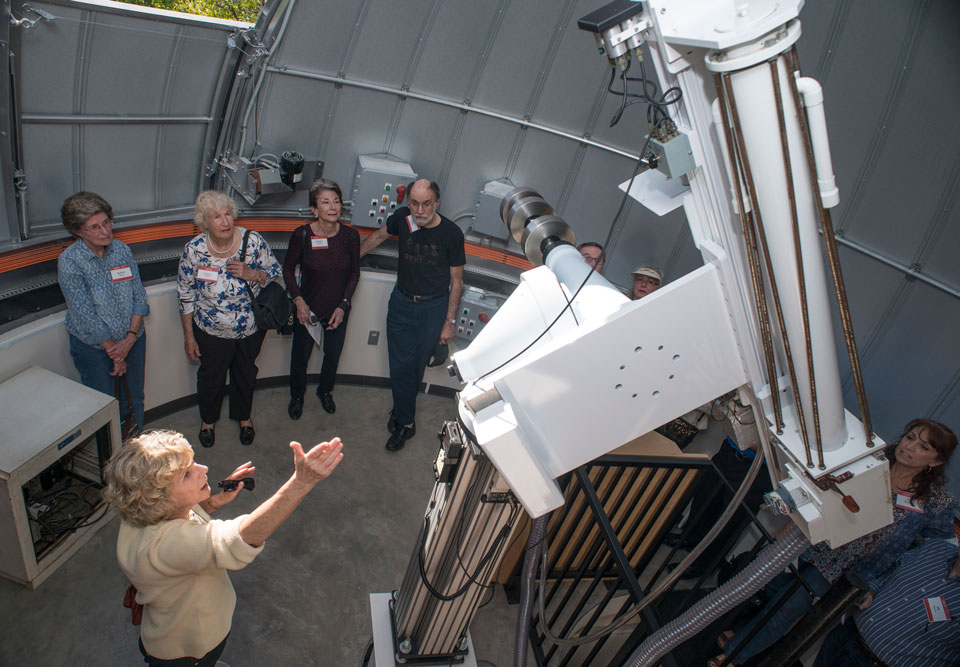

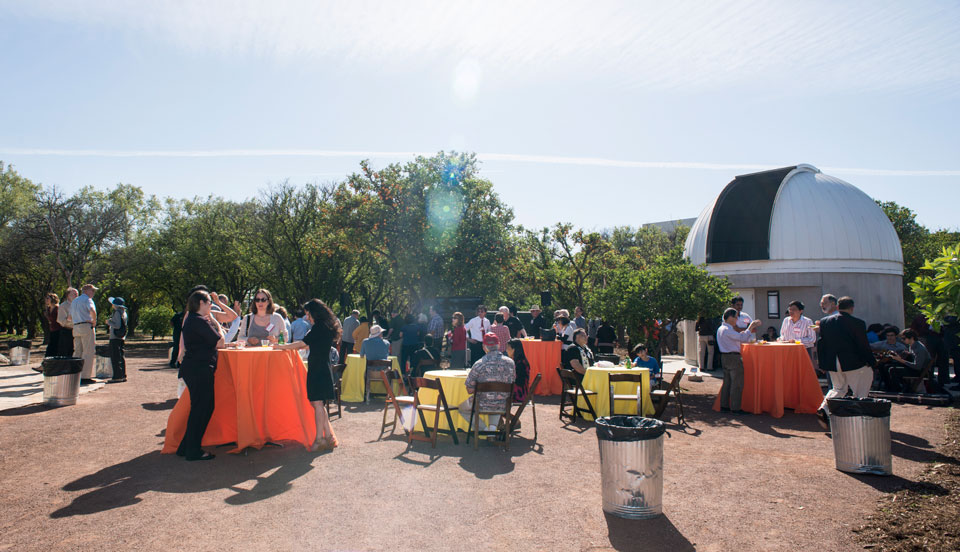
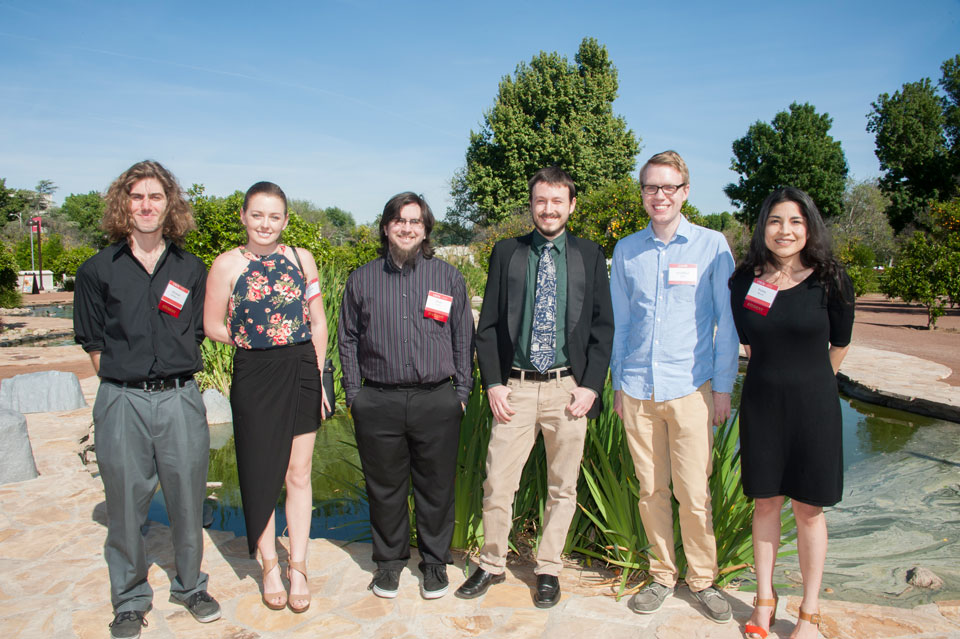

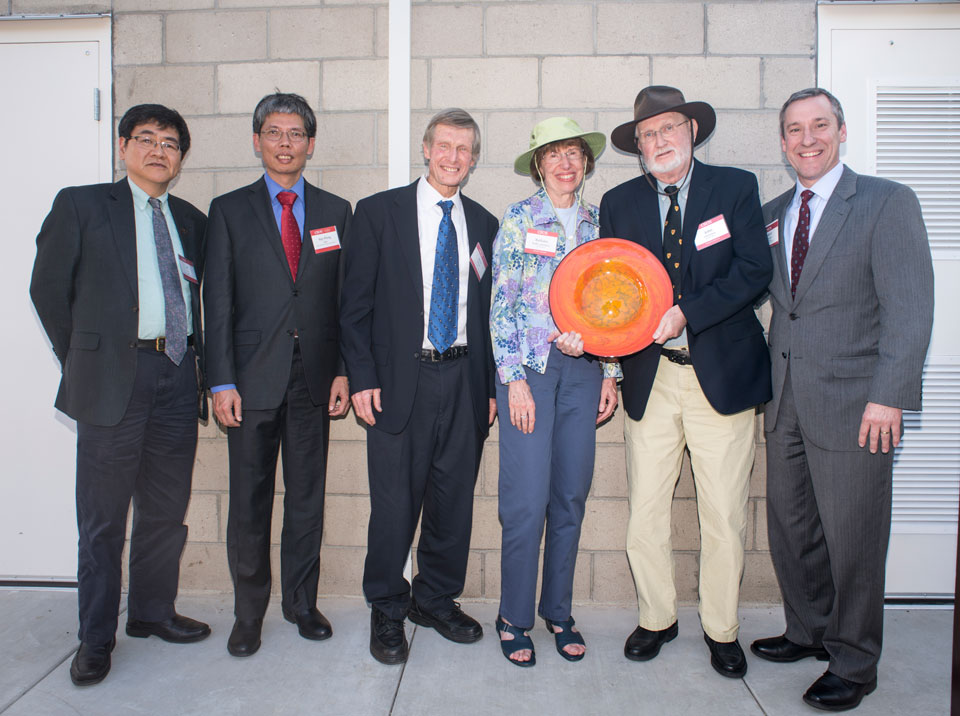
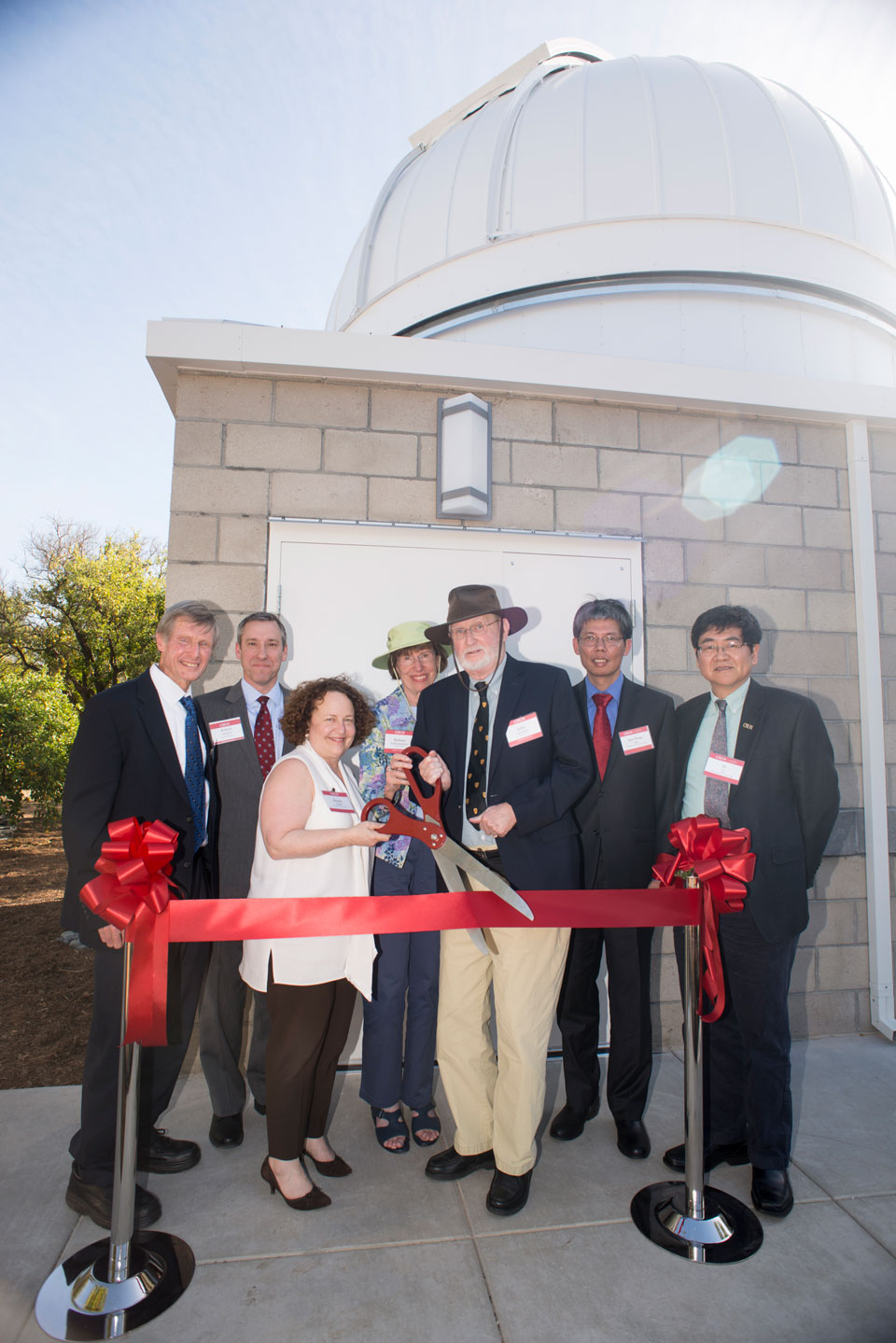
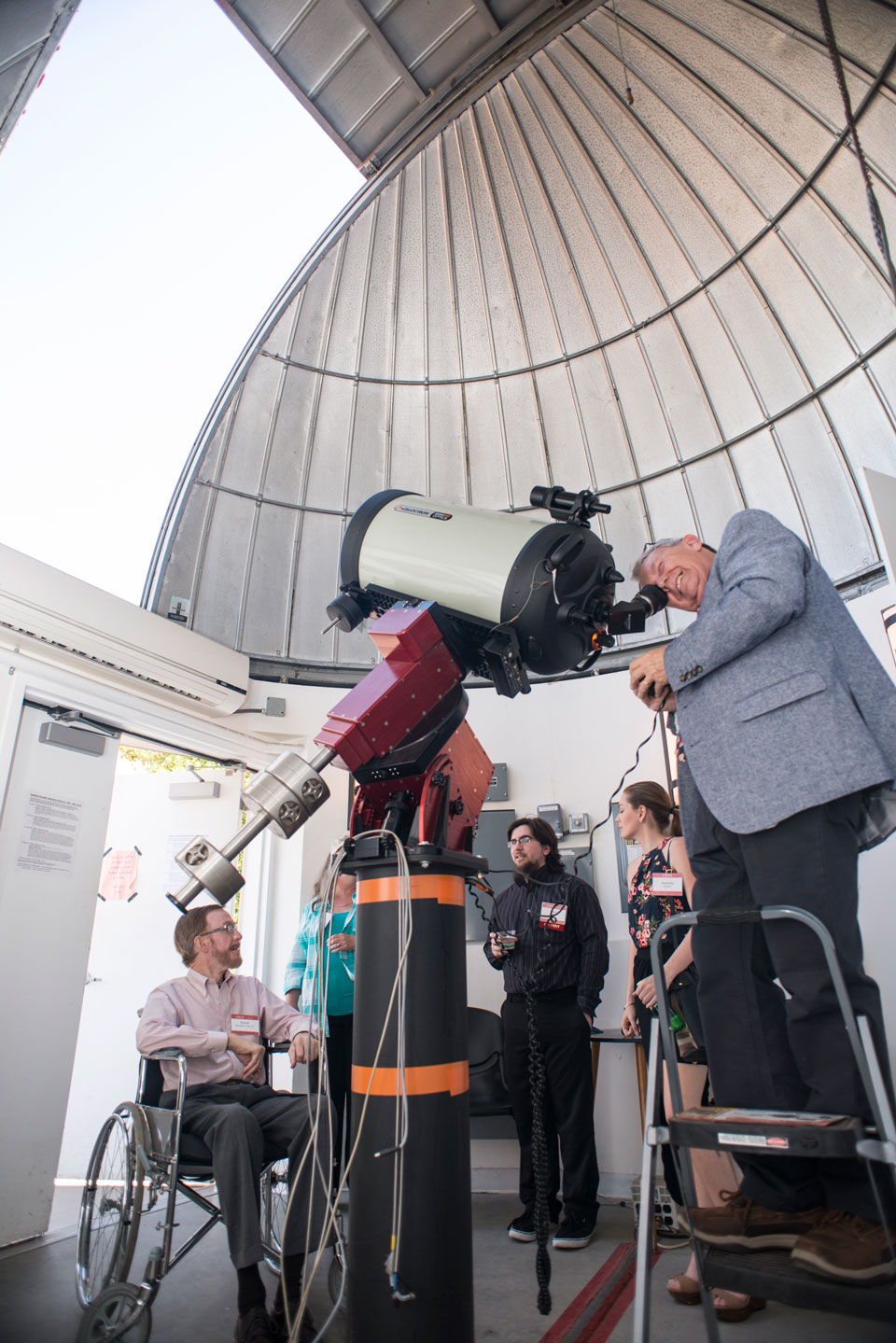
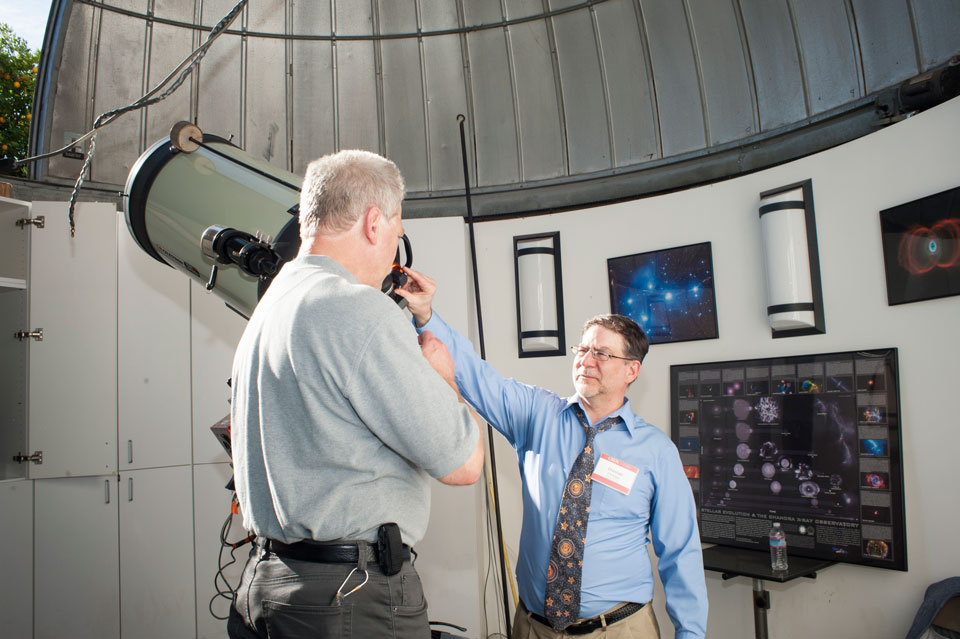
 experience
experience